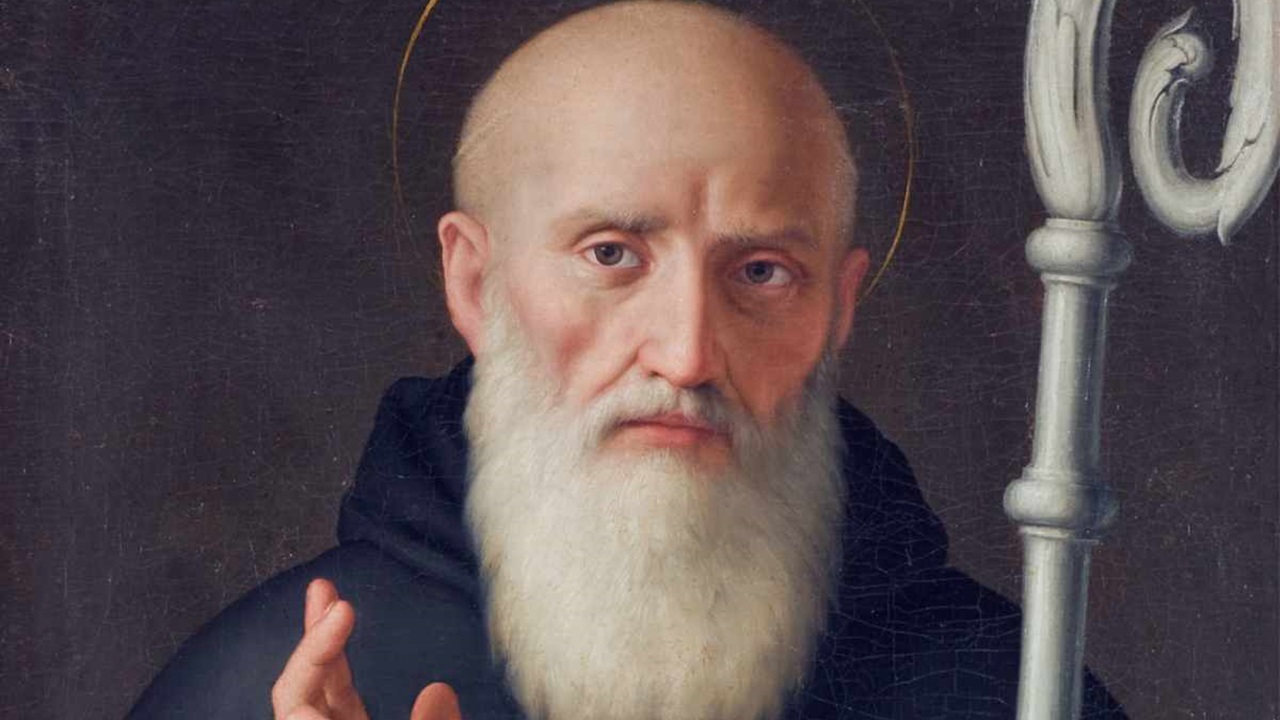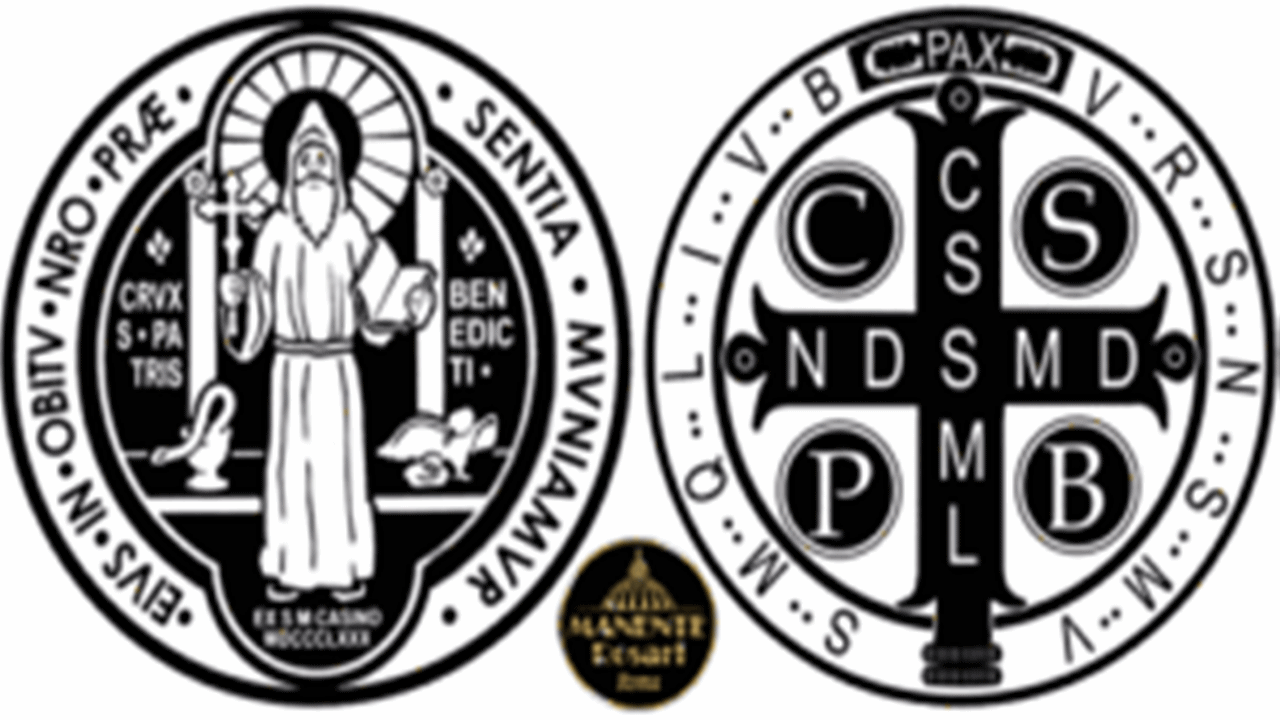The novena in honor of St. Benedict against all dangers
San Benedetto he is known as the father of western monasticism and is revered as a saint by the Catholic Church. Born in Norcia in 480 AD, he grew up and received his education in Rome, but after a few years he decided to leave the city to live as a hermit in the caves of Subiaco. Here he attracted some disciples around him, with whom he founded six monasteries.

La Rule of St. Benedict, written around 540, was an important point of reference for monastic life in Europe and is still observed today by many religious communities. This rule claimed the importance of prayer but also of human value, of individual abilities, of personality which, conducted in a disciplined manner, lead the faithful to serve God in the best possible way. His influence also extended into art, literature and music.
La party in honor of this saint falls the 11 July and is celebrated in many countries of the world. St. Benedict is the patron saint of monks, scholars, farmers, architects and engineers.

Symbols of the cult of Saint Benedict
The cult of San Benedetto is characterized by numerous symbols. The most famous is the Cross of St. Benedict, which according to what is said was found by the saint himself during one of his visions. On the cross are engraved the words "Crux Sancti Patris Benedicti” (Cross of the Holy Father Benedict) and numerous letters, including the “C” that represents Christ and the “S” it represents Satan.
Another important symbol is the medallion of St. Benedict, worn by the faithful as protection against the negative influences of the surrounding environment. The medallion shows the figure of the saint on one side and St. John the Baptist on the opposite side with the inscription "We drive you out, every unclean spirit“, written in Latin.
Finally, the Ray of light depicted in the paintings of the saint symbolizes his holiness and its ability to enlighten the minds of men.
St. Benedict has been the subject of many artwork, including paintings, sculptures and frescoes. Among the masterpieces dedicated to this saint we find the canvas of Fra Angelico conserved in the Uffizi in Florence and the large sculpture of the saint created by Antonio Raggi for the headquarters of the Archdiocese of Naples.